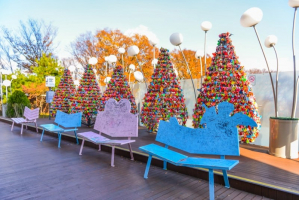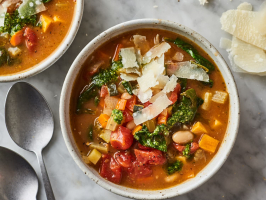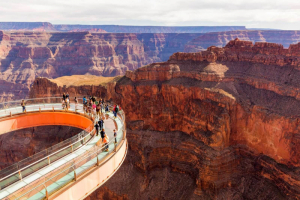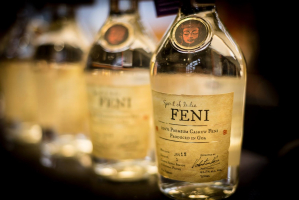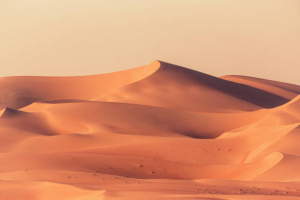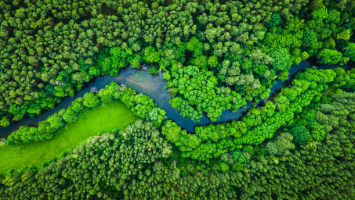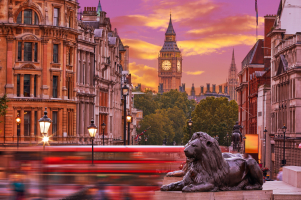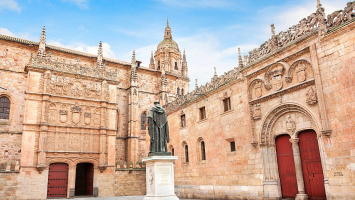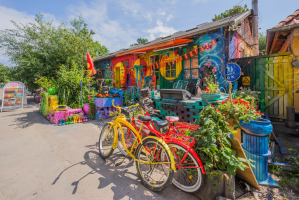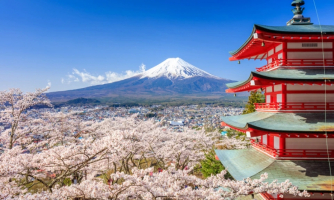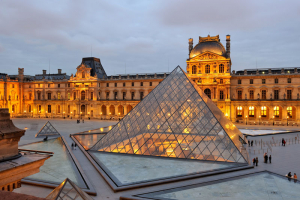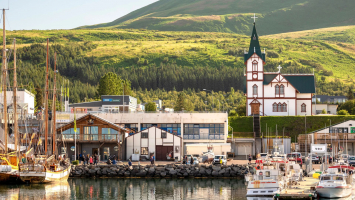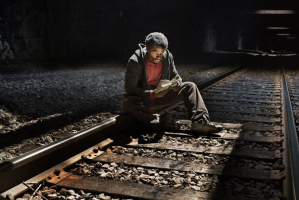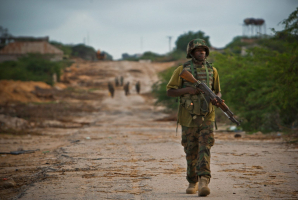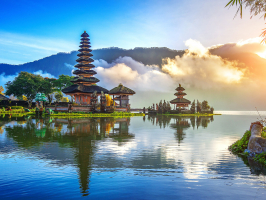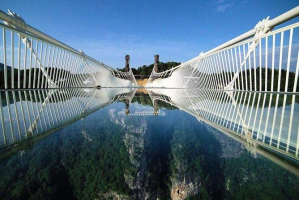Top 10 Interesting Harvest Festivals Around the World
The harvest is that time when people, especially farmers can celebrate their hard work before beginning another season. That is why harvest festivals always ... read more...take an important role in the community, and some countries' harvest festivals have become extremely popular. In this list, we'll show you 10 of the most interesting harvest festival in the world.
-
The Chanthaburi Fruit Festival is a vibrant and delectable festival with a centuries-old history. The event is typically held from the end of May or the start of the first week of June and lasts for around 10 days annually. If you have the chance to attend this event, you will understand why Chanthaburi province is known as the "Tropical Fruit Bowl of Thailand" in other parts of the world. Visitors get a one-of-a-kind chance to gorge themselves on the fresh, juicy fruits that the area produces each year at the Chanthaburi Fruit Festival.
The festival was once known as the World Durian Festival because it was situated in an area with ideal growing conditions for fruits, particularly durian. However, later on, it was given a new name which is the name that people know today - The Chanthaburi Fruit Festival. This made more sense because, in addition to the infamous durians, there are many other fruits on show at the festival. But out of all the fruits, durian is still the most common one to see at the event. Every year at the Fruit Festival, exotic fruits including durians, rambutans, longans, and mangosteens are displayed in colorful displays modeled after Buddhist mandalas. In the early years, the Fruit Festival was held on narrow sidewalks surrounding King Taksin Lake Park in downtown Chanthaburi.
The intriguing fruit floats are yet another unique feature of this festival. A lot of farmers participate in this activity. Participants decorate their floats with colorful orchids, durians, mangosteens, rambutans, and other flowers as an impressive attempt to win the best fruit float competition. These floats feature Thai Orchids and Roses, two flowers that are widely accessible in the region. Various historical events from Thai history are beautifully portrayed on these Floats.Duration: Around 10 days (late May, or early June)
Location: Chanthaburi, Thailand
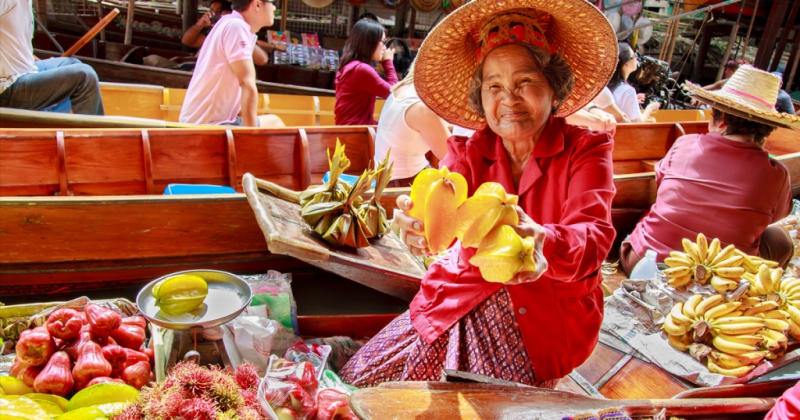
Photo: Lemarc Agromond Video: iTravel Channel -
Thanksgiving was originally a harvest festival, but now a recognized national holiday in the United States, Canada, Grenada, Saint Lucia, and Liberia, as well as informally other nations like the Philippines and Brazil. The Australian territory of Norfolk Island and the Dutch city of Leiden also observe it. In the US, thanksgiving was celebrated by individual colonies and states for more than two centuries. It wasn’t until 1863, in the midst of the Civil War, that President Abraham Lincoln proclaimed that Thanksgiving Day is held each November, making it the national holiday of this country.
The history of Thanksgiving dated way back to 1621. In that year, the Pilgrims celebrated their successful wheat crop and overflowing store cupboards with a three-day feast. The hosts shared their meal of partridge, wild turkey, and fish with the Massasoit and Wampanoag Native American tribes. That event was now known as the first-ever Thanksgiving. Nowadays, people in Plimoth Plantation in Massachusetts still organize events on thanksgiving to relive the history of that original celebration. There are also parades, football games, and shopping campaigns during the thanksgiving week since the day after Thanksgiving is Black Friday.
After centuries went by, Thanksgiving is now a day for people to give thanks for what they have. On this day, people usually get together for a meal including a roast turkey, stuffing, potatoes, vegetables, cranberry sauce, gravy, and pumpkin pie. On Thanksgiving Day, the majority of offices in government, industry, education, and other sectors are closed so that people can have the best time with there families and loved ones.Duration: The second Monday of October (Canada), the fourth Thursday of November (USA)
Location: USA, Canada, Germany, Grenada, Liberia, Saint Lucia, etc.
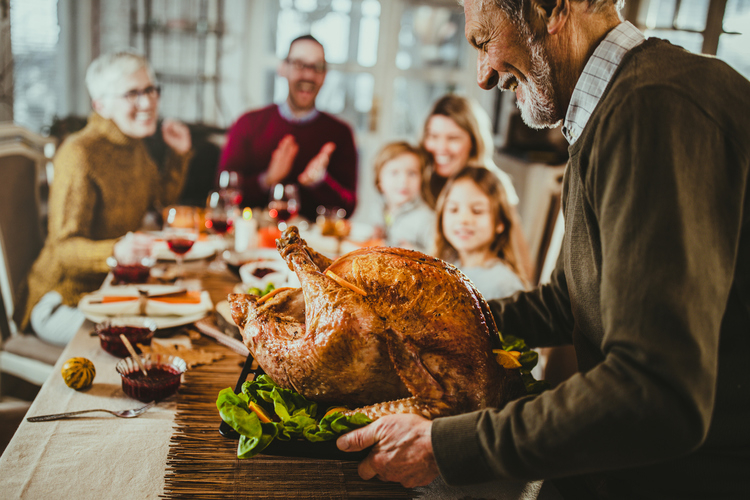
Photo: Time and Date Video: National Geographic -
Vendimia Festival, or "Grape Harvest Festival" is the most significant event in Mendoza, Argentina. The origins of this festival can be traced back to the 18th century when the harvesters celebrated the end of the harvest time and paid homage to the land and the weather for having made possible another season of work and the production of wine. Traditionally, a group of harvesters dances to the rhythm of the famous "cuecas" and "gatos" - the typical Mendocinian folklore dances - while playing their guitars in the festival.
One of the most important parts of the Vendimia Festival is choosing the "Queen" of the harvest season. in the past, the queen of the harvest season will be chosen in the festival among the female harvesters. She will "hold" the title till the next year after being awarded a cluster of grapes as a crown. Nowadays, each of the eighteen political departments of Mendoza holds smaller festivities where they pick their own queen, then that queen will represent them on the big night.
The big night of the Vendimia Festival is called the "The Central Act", which occurs on the first Saturday evening of March. It is the culmination of the harvest with a show in the central Greek Theatre Frank Romero Day, located at the foothills of Cerro de la Gloria at General San Martin Park. The Central Party is organized through an artistic script and the participation of hundreds of dancers and actors on a stage of great dimensions.Duration: 3 days, around the first Saturday of March
Location: Mendoza, Argentina
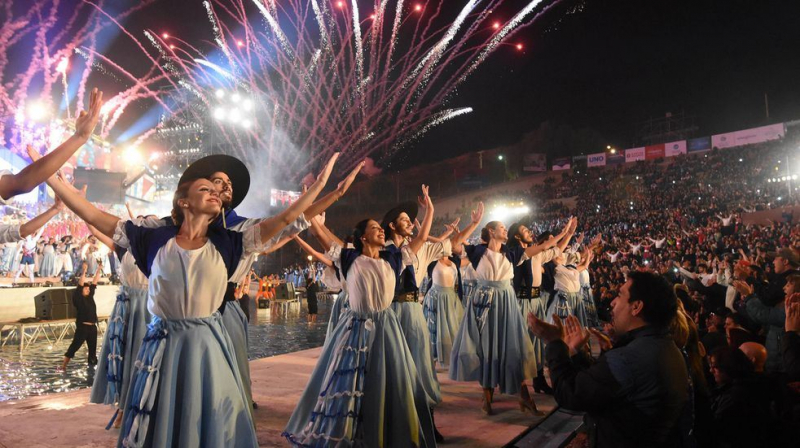
Photo: Tangol Video: Hugo de Cucco -
The Rice Harvest Festival marks the end of Bali’s harvest season, it is an annual festival of the people here, and a festival that is a feature of the island’s Hindu culture, dedicated to the Indonesian Goddess of Rice - Dewi Sri. This festival is also held as a joyous celebration for the purpose of getting rid of bad lucks, and purging evil spirits from the land. The festival is held in May in various locations around Bali and is becoming a famous activity that attracts many tourists.
In Bali, where rice is the main crop, Dewi Sri, the goddess of Rice, is venerated as a matter of course. During the Rice Harvest Festival, villages are festooned with flags, and simple bamboo temples dedicated to the goddess are erected in the upstream, most sacred corners of the rice fields. Moreover, as offerings, small dolls made of rice stalks representing Dewi Sri are placed in granaries. Besides participating in various activities, people also prepare traditional cuisines in honor of Dewi Sri. At the end of the Rice Harvest Festival, the Negara Bull Races, a Balinese tradition, is held in Perancak. In this special race, water buffaloes are decorated with ornate and colorful headdresses and compete in races.Duration: May 1 - June 30
Locatiob: Bali, Indonesia
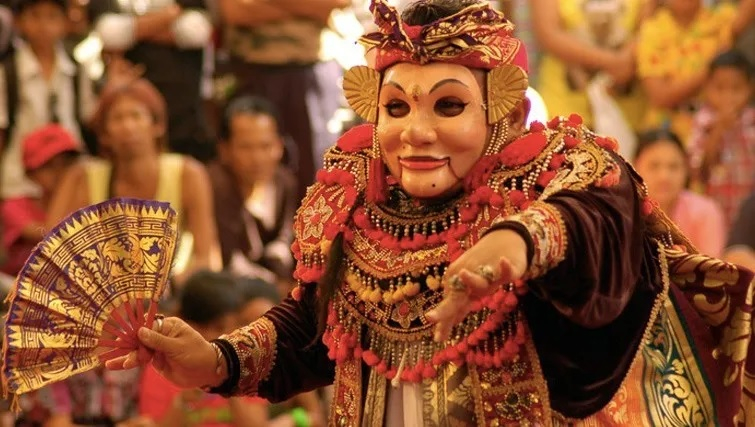
Photo: InBali.org Video: Infra Hub -
Sukkot Festival is a week-long Jewish celebration of the fall season. This festival is a little like Thanksgiving. It is a festival that commemorates the biblical story of the Jews’ escape from Egypt. According to the story, the Jews wandered for 40 years through the desert, living in temporary shelters. Moreover, the festival is also a way for the Jews to celebrate Israel’s bountiful harvests. Therefore, the purpose of the festival could be the celebration of having a good harvest season and shelter.
During Sukkot Festival, families build makeshift huts, called sukkah, with open roofs. For the following seven days, they eat and occasionally sleep here. Every day, to thank the bounties from the land, wands made of willow, myrtle, and palm are shaken in all directions with the addition of a citron (a type of lemon). Every year, on Sukkot Festival, tens of thousands of Jewish pilgrims make their way to Jerusalem’s Old City, with crowds of men and women spilling out from the Wall’s plaza to surrounding areas. On the seventh day of the festival, known as Hoshana Rabba ("Great Hosanna"), a sevenfold circuit of the synagogue is made using the four plants as part of the celebration.Duration: 7 days, from the 15th day of Tishri (in September or October)
Location: Jerusalem, Israel
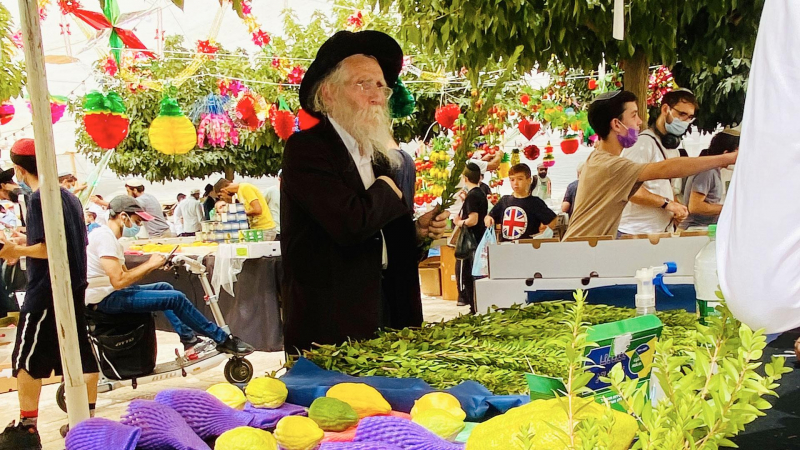
Photo: CBN.com Video: Messages of Christ -
The Blessing of the Water, also known as called The Holy Theophany, The Epiphany, the Celebration of the Lights, or ta Fota (the Lights) is held annually in Greece on January 6. This festival is held after the harvest season and is said to recall the visit of the three Wise Men - the Holy Spirit to the infant Jesus. Nowadays, the festival is seen as a joyful day for Christians who are blessed with the Holy Water, which symbolizes the cleansing of Jesus in the waters of the Jordan River.
This is one of the most unique festivals in the world, as the most important part of the festival happens in the water. The first part of the Blessing of the Water takes place in the local church. After that, a blessing ceremony will be held in the nearest body of water, such as a sea, lake, river, or even a water storage facility. In there, a priest will throw a cross into the water. Young men will dive into the water and try their best to be the first to get the cross, and to be the one that will have good lucks during the coming year. After the diving, local fishermen bring their boats to be blessed by the priest. The priest then makes his way from home to home while carrying a cross and a basil branch. He uses the basil to sprinkle (bless) every area of the household as he passes through each home.
While similar ceremonies will be held on all islands, cities, towns, and villages throughout Greece, the official national ceremony for the Blessing of the Water is held in Piraeus, the country's main port, with officials and political leaders in attendance. This ceremony is followed by festive events that will highlight local traditions, food, and dancing.Duration: 6th January
Location: Piraeus, Greece
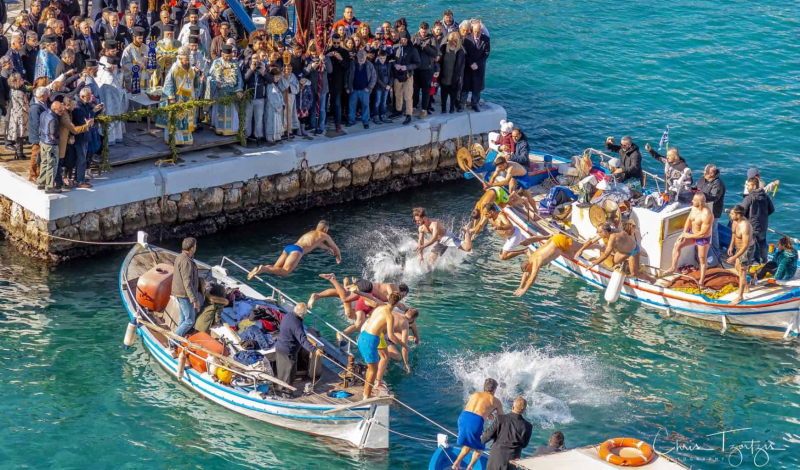
Photo: Greek City Times Video: Assumption GOC Long Beach -
Olivagando Festival is a two-day festival held between Halloween and Christmas, at the end of the olive production season. The festival is one of the most important festivals in Italy and is usually in conjunction with the feast day of St. Clement, who is the patron saint of metalworkers and blacksmiths. Therefore, this festival brings together everyone involved in the production of olive oil. Lots of people come to the festival to enjoy the festive atmosphere, and get a taste of the sought-after olive oil made from la dolce agogia, which is thought to be the highest quality olive that is not even exported out of the country. At the most important part of the festival, a priest will bless the new oil at a special Mass, and then the whole town hosts a lavish medieval dinner at its 12th-century castle.
Olive oil is an integral part of Italian cooking, and once a year, so it is no strange that this country has a whole festival dedicated to it. During the Olivagando Festival, people will be able to participate in various festive activities such as parades, etc. Besides trying the best olive oil in the country, people will also be able to enjoy Italian cuisine from the region including wine, truffles, cheese, and cured meats.Duration: 2 days, between Halloween and Christmas
Location: Magione, Italy
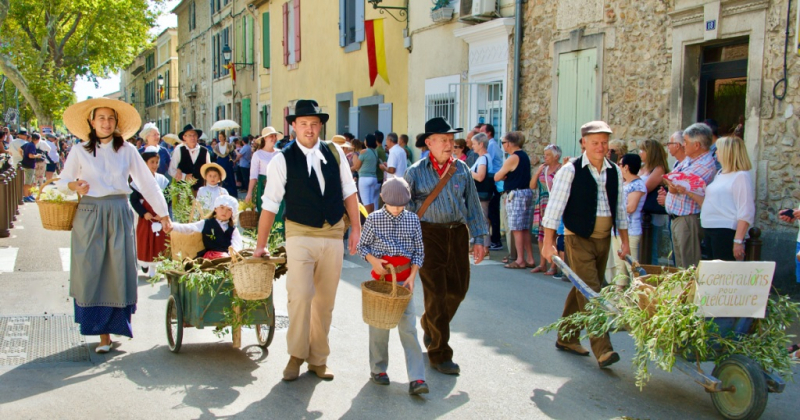
Photo: Lemarc Agromond Video: Magione Live -
Lammas Festival, celebrated every August 1, is a wheat harvest festival that is also known as Loaf Mass Day. The event encourages celebrations and public gatherings where people thank God for the season's first harvest. In early Ireland, it was not good to harvest grain before Lammas Festival. If you harvested earlier than that, it meant that the current harvest was finished before the following crop was prepared. This implied that the farmers would have been unable to support their community. The word "Lammas" comes from an Old English expression that means "loaf mass." The first grain sheaves were cut on Lammas, and the first loaves of bread for the season would have been made by that evening. The first seasonal loaves were blessed by the church during mass in early Christianity.
Early Britons prepared bread from the fresh crop to put on church altars to celebrate Lammas Festival, and they also adorned lavish feast tables with corn dolls. Nowadays, modern-day pagans bake bread and cakes to celebrate the historical grain harvest. Some observers celebrate with a harvest ritual. Casting a circle and uttering words to the earth in thanksgiving for the harvest are parts of some of these rituals. Following that, everyone will share a loaf of bread and sometimes a glass of wine to wash it down. After that, there is also feasting. Normally, during this time, one prepares this feast using their harvested crops (if they have their own garden).Duration: August 1
Location: The United Kingdom
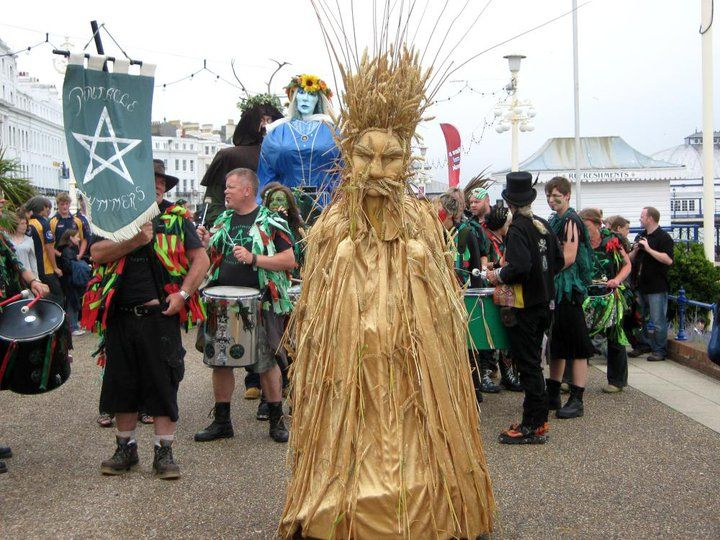
Photo: Eastbourne Video: Alien Metropolis -
For good reason, the Portuguese island of Madeira is frequently described as an Atlantic floating garden. For everyone who likes flowers, this charming island in the North Atlantic Ocean is a true paradise. When the right season comes for the flowers to bloom, you'll see flowers everywhere on this island. That's why people on this island celebrate the Madeira Flower Festival. This festival is a tribute to Spring and to the island's beautiful blooming lowers. While the entire island will be enjoying the beauty of flowers, the festival's main events are held in Funchal, the island's capital. The Flower Exhibition is held at Praça do Povo, which is in the heart of Funchal.
Everything in Madeira is about flowers during the island's Madeira Flower Festival, and the charming streets of Funchal, the island's capital, are awash in the vibrant hues and enticing aromas of flowery floats. Every day, islanders enjoy the beauty of the island in bloom with parades and performances. The famous floral carpets are prepared in Funchal's city center on Avenida Arriaga's central promenade, and in "Praça da Restauraço," a customary exposition held before the Flower Market. More than a thousand kids participate in the "Wall of Hope ceremony," as they march towards the "Praça do Municpio" to lay a flower in the "Wall of Hope," which represents a cry for world peace. This ceremony has been going on for more than 30 years.Duration: April, or May- 4 weeks after Easter
Location: Madeira, Portugal
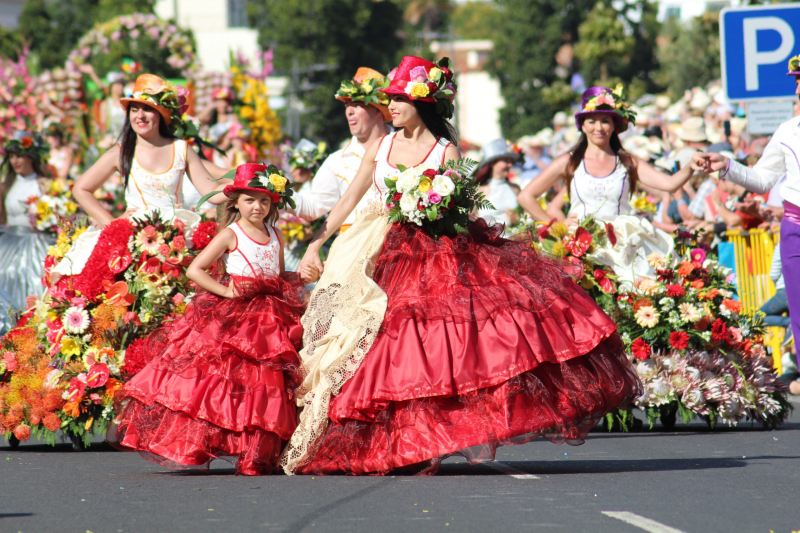
Photo: Blog Madeira Best Video: Visit Madeira -
Incwala Festival is the main ritual of kingship in the Kingdom of Eswatini, it is the country's most important cultural event. This festival has been around for hundreds of years, and it is one of the last remaining examples of what was once commonly practiced in many African countries in the past. Outsiders are largely unaware of its spiritual influence, and much of its inner workings continue to be kept under wraps. Despite being sometimes interpreted as a "festival of the first fruits," this elaborate ritual involves much more than just sampling the first fruits of the harvest. Fundamentally, this is about purification, renewal, and most importantly - celebrating kingship.
Incwala Festival starts with the small incwala, incwala lencane, and culminating in the big incwala, incwala lenkhulu. A number of activities—such as lusekwane, kuhlamahlama, and umdvutjulwa mark the key events of this festival. Day four of the Big Incwala is the best day to attend because thousands of people, including warriors dressed in full battle regalia, will be swarming the royal parade grounds and the feasting and dancing will be at its peak.
Even though it's not a tourism event, Eswatini culture enthusiasts are always welcome, although they are not actively encouraged, meaning unless you have a special permit, you are not allowed to take any pictures. On the other hand, every Swazi may take part in the Incwala Festival.Duration: 6 days, during the summer solstice (around the last week of December or the first week of January)
Location: Kingdom of Eswatini (Swaziland)
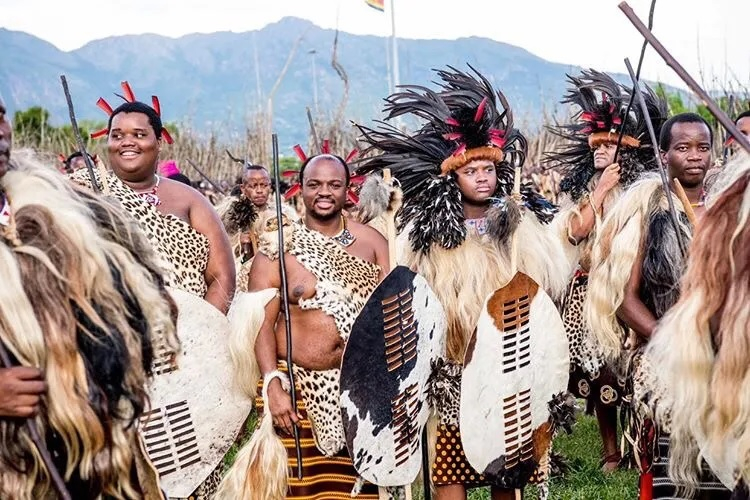
Photo: theafricanroyalfamilies.com Video: human beans












